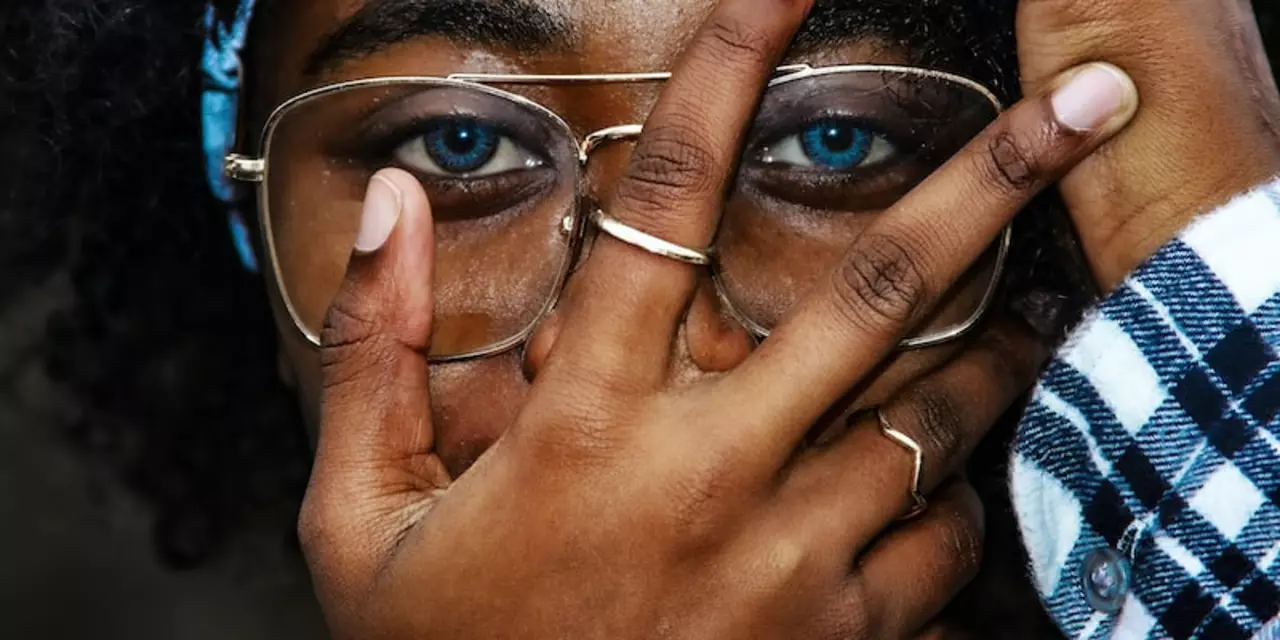Bravery Explained: How to Find Courage in Everyday Life
Ever wonder why some people seem to act without fear while the rest of us freeze? It’s not magic—it’s a habit you can develop. Bravery isn’t about never feeling scared; it’s about choosing action even when fear shows up. In this guide we’ll break down what bravery actually looks like and give you easy ways to bring more boldness into your day.
What Does Bravery Really Mean?
Most folks picture bravery as a superhero leaping into danger. While that’s a cool image, real bravery shows up in small moments too. It’s the person who speaks up in a meeting, the neighbor who helps a stranger, or the student who asks a tough question. The common thread is a willingness to face discomfort for a bigger goal.
Psychologists say bravery is a blend of three ingredients: awareness of risk, belief in a purpose, and the decision to act. You notice the risk (like potential embarrassment), you see a reason that matters (helping a friend, standing up for a principle), and then you move forward. If any of those pieces is missing, the act feels more like luck than courage.
Historical examples often get quoted—think of Mahatma Gandhi’s non‑violent march or a fireman rushing into a burning building. But everyday bravery is just as valuable. Picking up a phone to settle a dispute, or deciding to start a new hobby after years of doubt, all count as brave moves.
Everyday Ways to Practice Bravery
1. Speak Your Truth – The next time you notice something off, say something kindly but clearly. It could be a simple "I think we missed a detail here" in a project chat. A short, honest comment builds a habit of confronting issues early.
2. Try Something New – Sign up for a class you’ve been eyeing, or join a local group. The first step feels awkward, but the more you repeat it, the less the fear matters. Even a 15‑minute experiment counts.
3. Help a Stranger – Offer your seat on the bus, carry groceries for an elderly neighbor, or answer a quick question for someone lost. Small gestures create a feedback loop: you feel good, and your brain links help with bravery.
4. Set a Micro‑Goal – Break a big, scary task into bite‑size actions. If you want to give a public talk, start by practicing in front of a mirror, then a friend, then a small group. Each tiny win builds confidence.
5. Embrace Failure – Reframe mistakes as data. Missed a deadline? Note what slowed you down and adjust. When you treat setbacks as learning points, the fear of failing shrinks.
Remember, bravery is a muscle. The more you use it, the stronger it gets. You don’t need a cape; you just need a willingness to act when it hurts a little.
Next time you’re faced with a choice—stay comfortable or step out—ask yourself: "Will this action move me toward something I care about?" If the answer is yes, that’s your cue to be brave. Keep practicing, and soon those moments will feel natural rather than a big leap.
Posted by
Arvind Suryavanshi
0 Comments

Native American Indian warriors were highly skilled in combat and were known for their bravery, courage and strength in battle. Their warriors were able to use a variety of weapons and fighting techniques, which made them formidable opponents. Native American tribes also had a strong sense of honor and loyalty which made them respected by their enemies.
read more